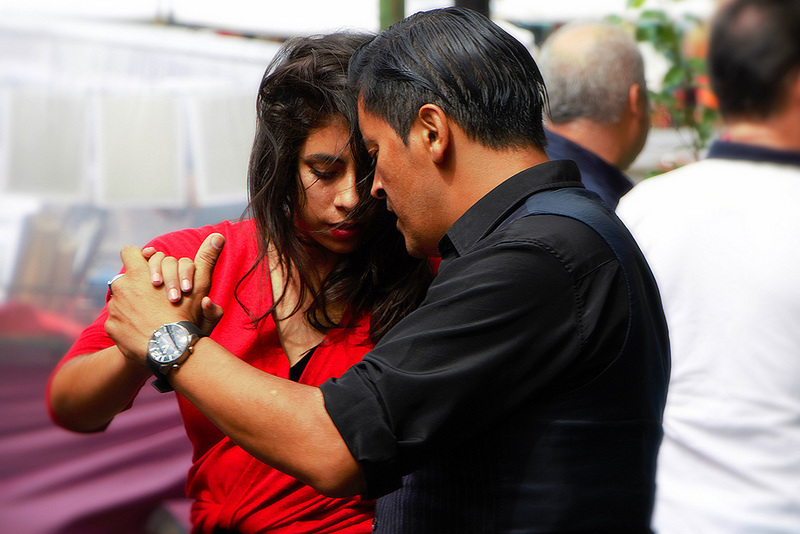
seeking assistance for their relationship is for one partner to report that the other is often critical and angry.
When the deeper experience of the critical partner is uncovered, core sadness and loneliness in the relationship are revealed. Feeling alone in a relationship can be very painful, and when it triggers angry protest out of desperation.
("You never spend Sundays with me anymore. We never go out like we used to!")...
unfortunately the result is often to push the
apparently distant partner even further away.
For example,
Do you ever feel frustrated and angry (reactive emotion)
after a moment of sadness (core emotion)?
Do you ever feel anxious (reactive emotion)
about the possibility and fear (core emotion)
of being rejected or seen as a failure?
Do you feel helpless (reactive emotion)
about letting someone know you are angry
(core emotion) because your boundaries have been crossed?
Sometimes emotions we feel are a reaction to a more core,
primary emotion (are deeply felt at the very core of your being) or experience.
The examples of reactive emotions,
(frustration, angry, helplessness) are so called because they
are emotions about emotions.
The core emotion is brushed against first, which can feel intense and scary, so the reactive emotion shows up to rescue you from being too vulnerable or exposed. You will typically bump into reactive emotions readily in your arguments and tense conversations and you will discover them by snorkeling at the surface.
Emotions may protect you in helping you
to avoid uncomfortable feelings such as the hurt, sadness, fear or insecurity underneath. It can be tricky to decipher which emotions are core and which are reactive, but tuning into yourself and slowing things down,
and noticing which emotions come first
and then second,
can help you.
When the reactive emotion arises, many partners may withdraw.
In the withdrawing they typically reveal that fear of disappointing or failing, which is also very painful, underlies their problem solving, resulting in placating and eventual withdrawal.
Unfortunately this approach will typically reinforce their partner's sense of alienation and evoke more criticism.
And the so cycle will feed on itself until the partners begin to share their core sadness and fears in the negative dance, opening up the possibility of new experiences and responses. What many couples do not realize, it's the cycle or pattern of communication is the enemy, not each other. When many of the patterns and emotions are realized, a new pattern of communication can be obtained.
Lower your defenses, relax and soften your dance.
An Emotionally Focused Therapy- Kallos-Lilly & Fitzgerald.
 RSS Feed
RSS Feed
